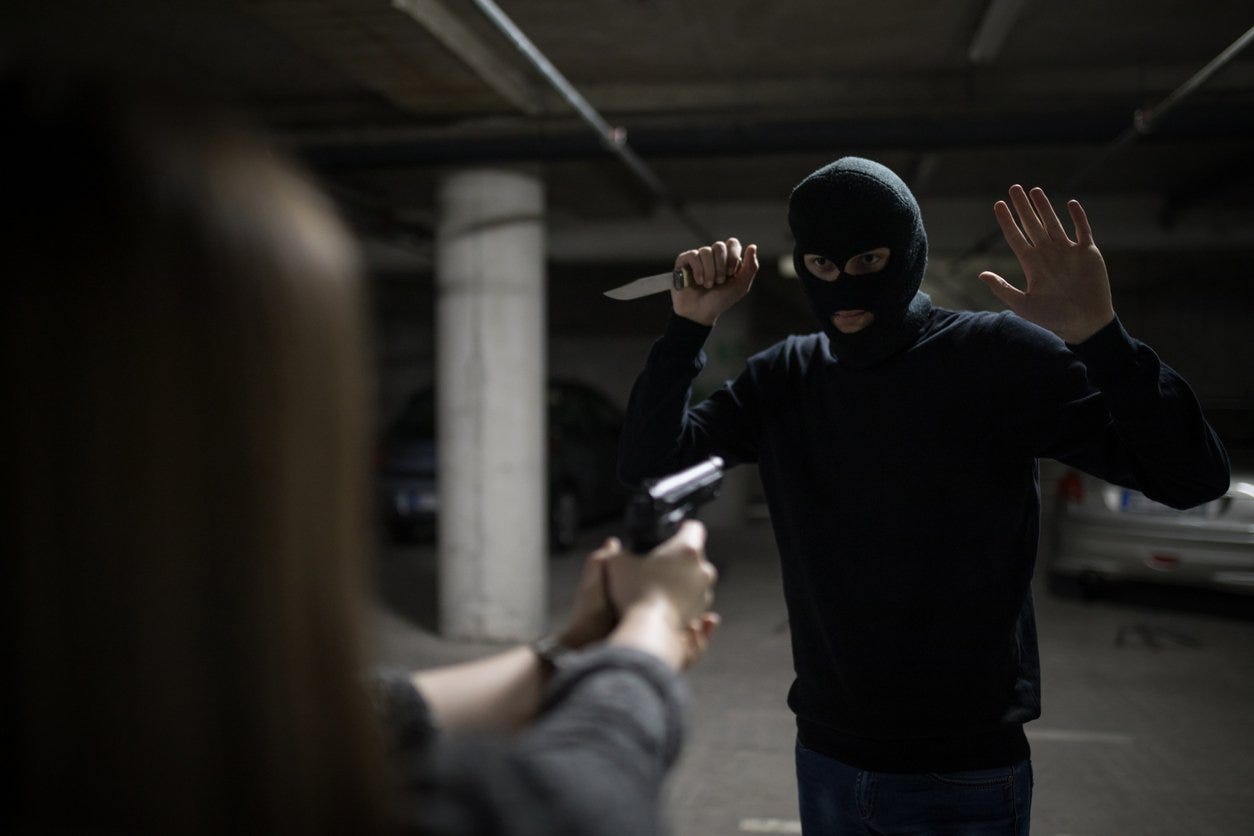Fewer Guns Equal More Crime
Four years into the British and Australian gun bans, the verdict on gun control is in: disaster.
by Rod D. Martin
July 11, 2000
Four years into the British and Australian gun bans, the verdict on gun control is in: disaster.
Those who argue for the right of self-defense have always said that banning guns would disarm the law-abiding while encouraging the criminals. Yet even by the standards of most pro-gun arguments, the actual results of total gun control have been startling, leaving anti-gunners and government officials at a loss to explain the debacle.
Take Australia. Just over one year ago, the Australian government spent more than $500 million to confiscate 640,381 privately-owned firearms, even using deadly force. This followed a partial ban of over 60 percent of the country's private weapons in 1996. The promise: a dramatic reduction in crime, in exchange for the right of common citizens to defend themselves.




